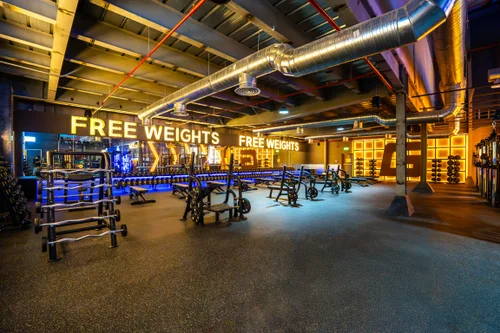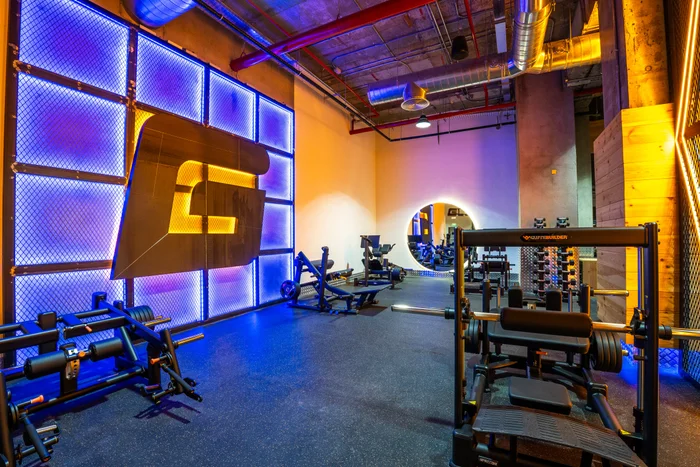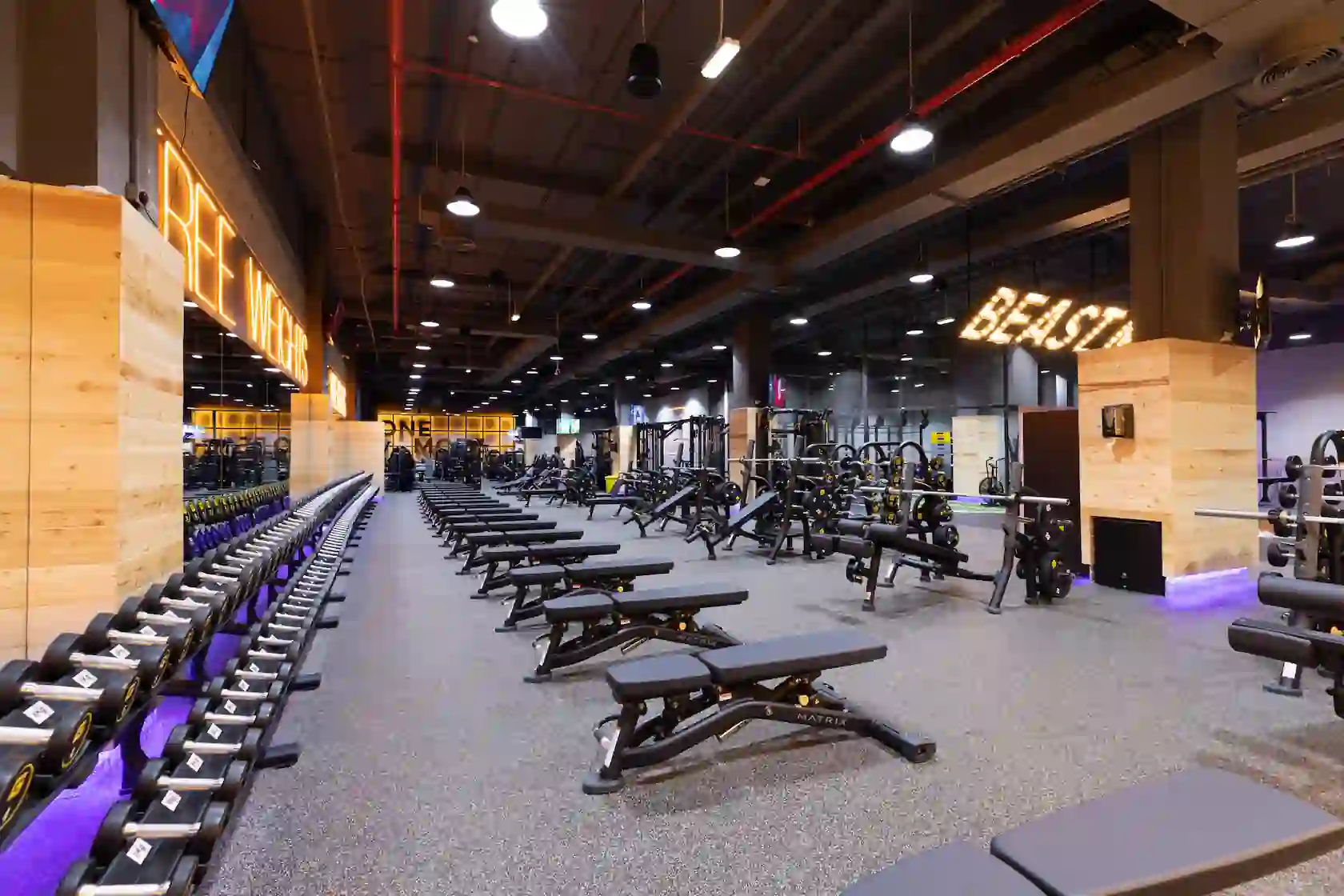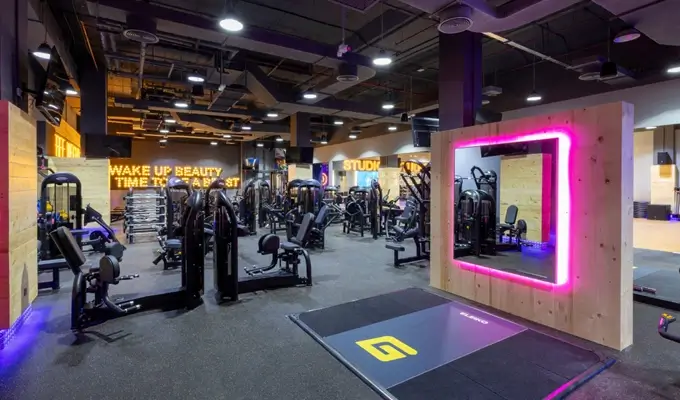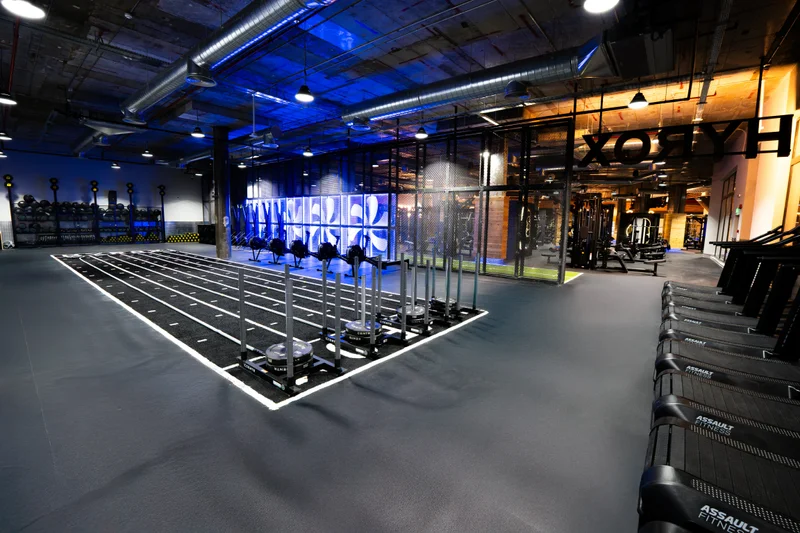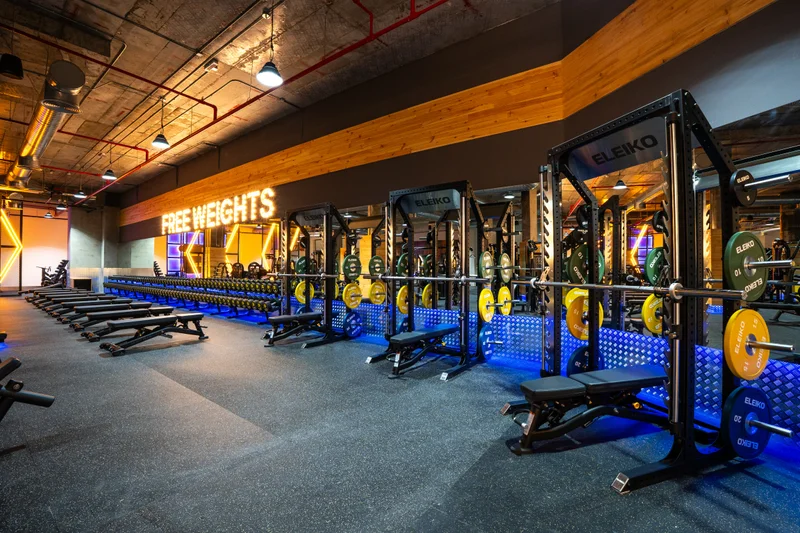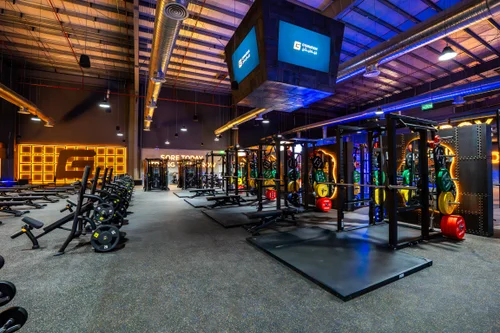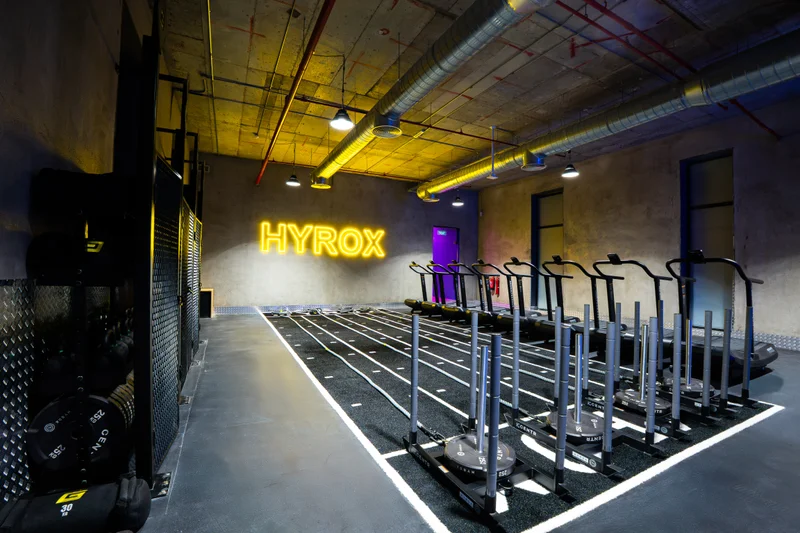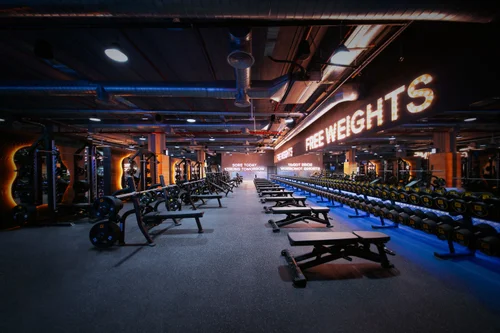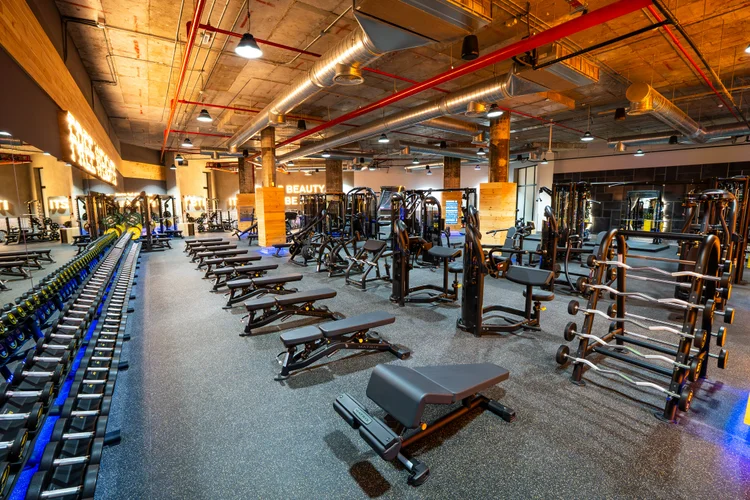Oura Ring 4 vs. Whoop MG: Which Fitness Tracker Stands Out?
SIGN UP FOR YOUR FREE DAY PASS TODAY!
For runners, gym-goers, and fitness enthusiasts, wearable technology has brought training into sharper focus.
While smartwatches remain a popular choice, screen-less options like smart rings and fitness bands are quickly gaining traction, offering a compact way to track metrics without distractions.
Among these, the Oura Ring and Whoop MG have emerged as front-runners. But which one reigns supreme for fitness tracking?
After putting both devices to the test over a month of cardio and strength training sessions, I found the answer. While both offer impressive innovations, Whoop ultimately wins as the better workout companion. Here’s the breakdown.
Oura Ring 4: Stylish Simplicity
The Oura Ring scores highly on comfort and convenience. Its slim design feels natural on your finger, and with a robust one-week battery life, it’s easy to forget you’re wearing it. Even during intense workouts, the ring stays put, making it an ideal workout accessory from a wearability perspective.
However, the ring’s functionality for fitness tracking leaves room for improvement.
To check your metrics mid-workout, you’ll need to pull out your phone—since Oura prioritizes sleep tracking over advanced fitness features.
While it can record basic heart rate information, its automatic workout detection struggles with strength training or shorter sessions, forcing you to log some workouts manually.
Cardio tracking sees better results, but the lack of real-time data during activity can be frustrating.
Whoop MG: Fitness-Centric Power
Switching from a smartwatch to the Whoop band takes some adjustment. With no screen or watch face, you might find yourself reaching for the time out of habit.
However, once you adapt, the Whoop’s focus on performance becomes clear.
Its companion app is fitness-forward, boasting an expansive library of activity types and offering real-time, detailed metrics during workouts, including stress levels, heart rate zones, and calories burned. You can even display these on your phone’s lock screen for quick checks mid-sweat.
The Whoop MG’s battery life is solid but falls slightly short of its two-week claim, lasting closer to a week with regular sleep tracking.
Still, its fitness tracking depth—paired with features like an optional ECG and real-time data—leaves little to be desired for athletes.
Sleep Tracking Showdown
Both devices encourage all-day wear and excel in sleep tracking, offering consistent scores and insights. However, comfort gives Oura the edge in this category.
Like most wearables with straps, the Whoop band felt restrictive during sleep, whereas the Oura Ring’s lightweight design was a non-issue.
Whoop’s Pricing Model
One area where Oura holds an advantage is upfront transparency. While you buy the Oura Ring outright, Whoop follows a subscription model.
The base One subscription costs $200 annually, but the more advanced features and additional perks (like Whoop MG’s medical-grade sensors) require plans costing up to $359 per year. This recurring cost may be a dealbreaker for some users.
Final Verdict
Both the Oura Ring 4 and Whoop MG have their merits. Oura excels in comfort and sleep tracking, while Whoop goes all-in on fitness. If you value in-depth training insights and real-time workout support, Whoop is the clear winner.
Winner: Whoop
For anyone focused on pushing their fitness limits, Whoop offers deeper functionality, a better user experience, and versatile metrics to support a broader range of athletic goals.
The Oura Ring, while excellent for lifestyle and sleep monitoring, doesn’t quite match its rival when it comes to fitness tracking.
Source: esquire
The opinions shared in the GymNation blog articles are solely those of the respective authors and may not represent the perspectives of GymNation or any member of the GymNation team.
GET YOUR FREE TRIAL TODAY


























